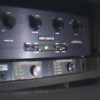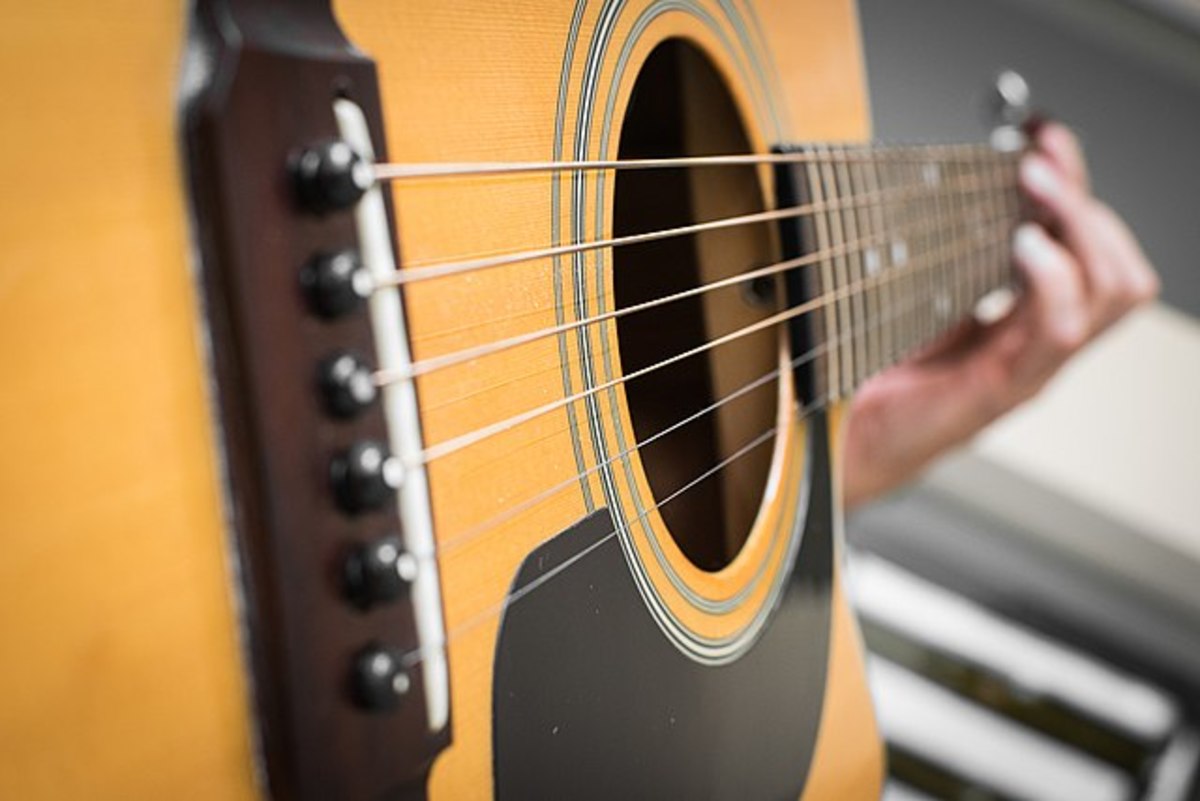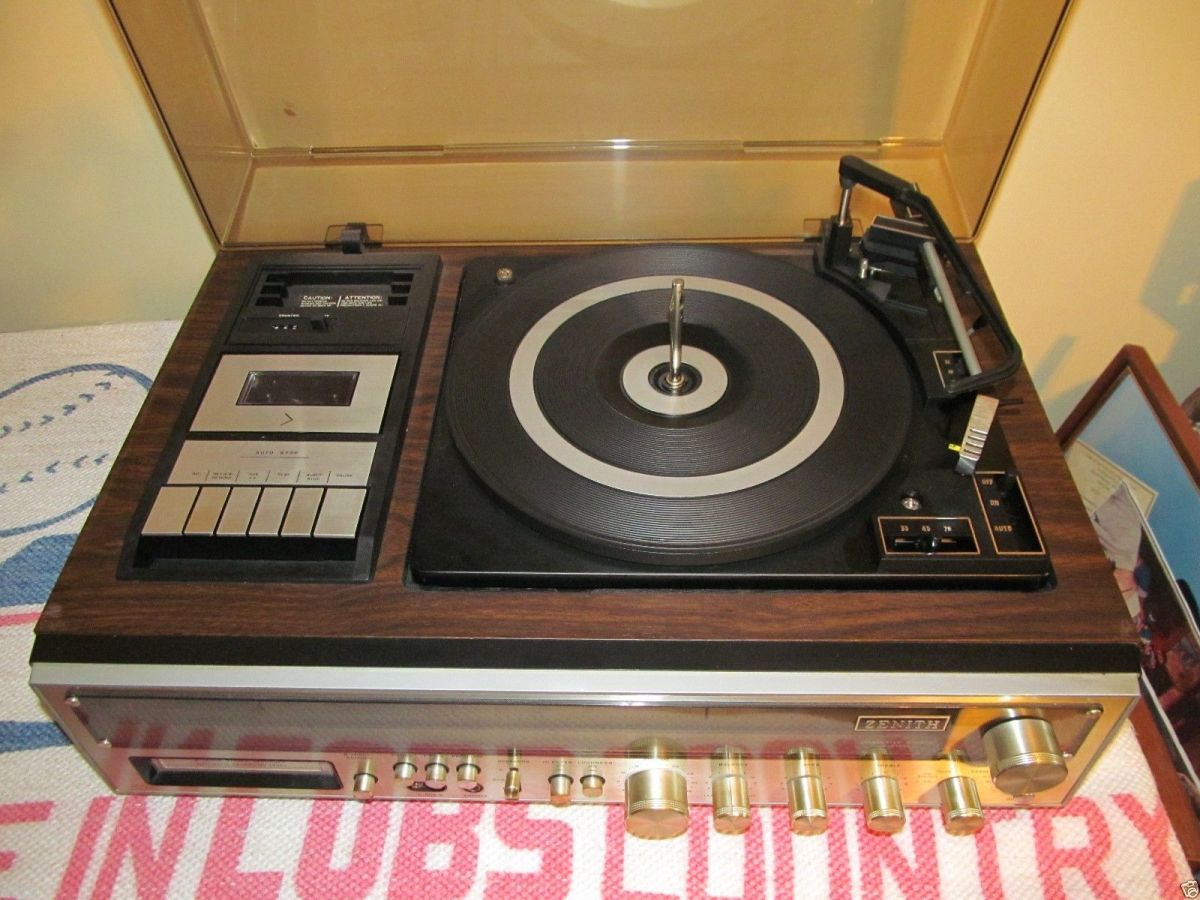GRADO SONATA & MM vs Moving-Coil Cartridges: Which is Better?
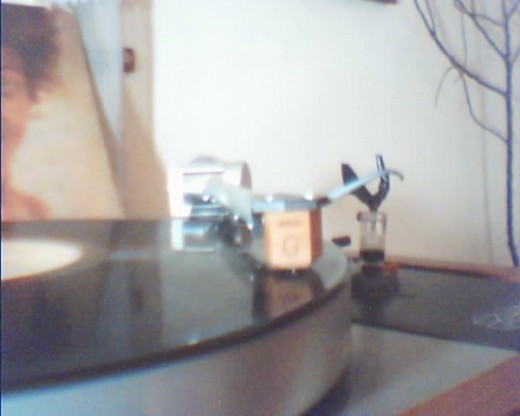
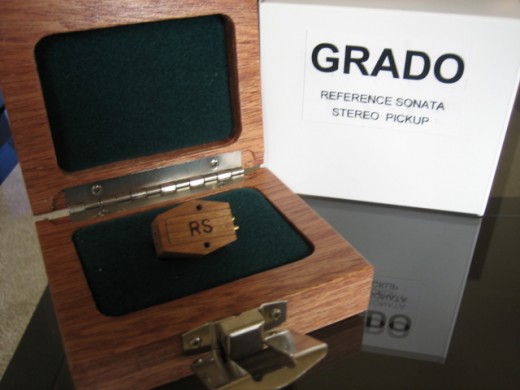
by W.A.J.
Grado Labs' president, Joe Grado, is one of the inventors of the moving-coil cartridge. Yet his company, now mostly run by his nephew John Grado, makes no moving-coil, and hasn't for many years. The inventor of the moving-coil dismissed his own invention because he felt the design would always be compromised in its performance. We'll leave that point, for the moment.
Leaving aside those in the rest of the range, all wood-bodied cartridges at the top of the Grado line are of the moving-flux design. Without getting into details, one could say that moving-flux is, generally, more similar in sonics to moving-magnet than it is to moving-coil, though it does seem to share the benefits of both. It is the best of both world's, one could argue, with the added advantage of not sharing the the major flaw of the moving-coil design.
My current cartridge is a Grado Reference Sonata, and it's my favorite of all time, to date. Not that I've had that many since, like most, I did take a break from anologue to ride the digital band-wagon for quite a few years. Previously, my favorite was the Shure V15 III which was better than the IV, and bested only by the Shure V15 V which, some say, is the best moving-magnet cartridge, ever. I'm not too sure I'd agree, but it's certainly one of the best (even though I believe it's a step or two below those at the very top) and, by extension, that would mean that the V15 III is one of the best also - within that context.
If I were to characterize the sound of both my former and my current favorites, in simple terms, I'd say the V15 III displays the best of hifi, and the Sonata displays the best of live music. Put another way; the former sounds slighty electronic, and the latter sounds natural. My experience, in previous years, was that the V15 III sounded as good as, very nearly as good as, or better than, every other source component I was ever exposed to. That included moving-magnet, moving-coil and other cartridge designs, every type of digital source, and every type of analogue source.
With the Reference Sonata, it is my honest opinion that nothing sounds as NATURAL as this, and therefore, nothing sounds as REALISTIC - absolutely nothing - especially in the mid-range! Master-tape, almost exclusiveley used by studios, is the only contender. The Sonata is excellent at reproducing every instrument, but the way it treats acoustic instruments is exemplary, with regard to its super-natural realism.
With electronic instruments you can never be sure the reproduction is authentic because, even in 'live' performance, they display disparate sonic characteristics depending on the electronics and speakers of the system thru which they're played. Except for the acoustics of the venue, and the brand/model of instrument, the sonics of acoustic instruments like the piano and acoustic-guitar, for instance, are constant, more easily recognizable, and thus set the standard which needs to be achieved in reproduction. Many components, and systems which sound great when reproducing electronic instruments, often display incompetence at convincingly replicating those that are acoustic. In my view, the proper reproduction of voice and acoustic instruments MUST be the standard by which all components and systems are judged.
So far as I'm concerned, the Sonata has raised the standard of reproduction to previously unimaginable levels of realism. Outside of master-tape, no existing source-component comes close to the realism portrayed by the Sonata in replicating the authentic sounds of acoustic instruments. Never mind any other cartridge - moving-magnet or moving-coil.
The Grado Reference Sonata is a wonderfully human sounding cartridge, sometimes breathtakingly so: Words to that effect from Art Dudley, of Stereophile magazine, illustrates the strongest attribute of this reasonably priced ($500) cartridge, in my view, as if the foregoing were not forminable enough. Robert Reina (of the same mag) felt that no cartridge reproduces the female voice better than this one. He also asserted that the Sonata reminded him more of his $4000 Koetsu Urishi than his older Grado Signature. From all I’ve gathered, the top-of-the-line Grados and Koetsus are the very best cartridges with regard to the human voice, and among the very best at reproducing the whole mid-range region. In those regards, I’d go so far as to say they represent the state-of-the-art, and therefore better than some (thin-sounding) $10,000 cartridges. Strong words, but I’m willing to stand by them.
The bass of the Sonata is also good; accurate, tuneful, articulate, and thunderous when the music dictates. The treble, though smooth, sweet, detailed, and delicate (where appropriate) is just slightly subdued. That’s an observation, not a criticism as, I believe, it compensates for 90% of popular recordings which are overly bright, complements excellent recordings, and restores the natural balance of music by facilitating the showcasing of that gloriously mellifluous mid-range, similar to what one would experience, mid-hall, at a live acoustic performance, for instance – heavens forbid.
My only minor issue(s) with this excellent cartridge is (record-surface) noise, perhaps due to the shape of the stylus on this particular model (or the invisible grime on my , mostly, second-hand record collection. Where's that record-cleaner?) Pristine records, however, sound likewise - pristine. Also, perhaps for the same reason, its tracking of difficult passages on rare records may be bettered by a few (expensive cartridges which use 'micro-line' type styli) and so too its tracking of some rare records’ inner grooves. Those admitedly minor concerns are the only reasons I'd even consider replacing this outstanding representative of the state of the art of uncommonly natural music-reproduction.
With a better stylus, improved engine components, all the strengths of the Sonata, and none of the minor weaknesses, I’m sure the ultimate top-of-the-line Grado Statement must be absolutely, irrefutably, fantabulously awesome. Since the Sonata is so very very close then the Statement must be, without doubt, the world's greatest ever. Sadly, on my budget I’m unable to justify such a purchase, but I’d really love to try one if only to confirm my instincts, and see which new words I could invent to describe the experience in my report to y’all.
For the sake of argument, let's just say I were to, some day, replace the Sonata. What would I concievably replace it with, if the Statement remains out of reach? Perhaps the discontinued Grado Amber Tribute might be a good choice. But whatever it is, it absolutely must have the magical, natural, and lifelike mid-range of the Sonata. If not, then I’d be sticking with the Sonata and ensuring all my records were pristine, after all, it is worth the effort and sacrifice. Another option would be to have the Sonata re-tipped with a micro-line stylus. That would likely solve all my problems – perhaps that’d be the way to go – we’ll see.
MM or MC - Which is Better?: For those who may have wondered why I would even consider a discontinued moving-magnet or moving-flux (The Amber Tribute) cartridge when all the rave today is for expensive moving-coils, I’ll explain by first saying: I believe the Zyx UNIverse to be one of the best moving-coil cartridges money can buy. From what I’ve elicited, I’d also rate very highly; The Magic Diamond, Koetsu RSP, Shelter 90, Myajima Shilabe and several others. However, these moving-coils are very costly, and I probably wouldn’t buy them even though I could, possibly, sell my house, land, and/or soul for one of the most expensive.
Why? Well that’s because, apart from my own assesments, I also believe those who say moving-magnets are more realistic than moving-coils – the reasoning is sound, and these people’s credentials are impeccable. Among them are Robert E. Green of The Absolute Sound magazine, refer to his article on the subject at ‘R.E.G.on Audio’. Other reviewers advocating the moving-magnet cartridge are, Neil Gader of the same mag, and Robert Reina of Stereophile. Also, Kavi Alexander of Water Lily Acoustics, and several other recording-studio heads and engineers endorse the superiority of moving-magnet over moving-coil (and digital) in mimicking accurately the sound of master-tape and live instruments. The famous turntable designer, Harry Weisfeld of VPI, is another noted, and staunch, advocate of moving-magnet cartridges over moving-coils, for similar reasons.
[Moving-coils have been critisized by some (including its designer) for having a rising top-end, caused by resonances intrinsic to the design, which falsely emphasize the 'detail' 'air' and 'space' many are so enamored with (hence its popularity) but which is also totally inaccurate in so far as the overall 'reproduction' is concerned].
But most convincing of all, for me, was one Raul Iruegas (re; Audiogon) who owns an impressive system with several turntables, many tone-arms, and seemingly hundreds of cartridges. He freely admits to making a hobby of purchasing and testing as many cartridges as he can find. Among his collection is the mighty Zyx UNIverse and several other top moving-coils along with countless moving-magnets. So when he says that a $200-$500 moving-magnet cartridge from a by-gone era sounds as good as (and better, in most ways, than) a $5000 to $10,000/$15,000 moving-coil, I shut-up, sit-up, and listen-up. [Refer to his comments here].
Several have heeded his advice, and can’t stop gushing about the quality of the sound of these MM's (the Empire EDR9, for example) as compared to moving-coils they already own. Me? I’m already convinced. If I were ever to replace my cartridge, then I'd be seeking one of the very best of those, just as long as it has the mid-range of my Sonata, and none of the issues. I seriously doubt there was ever such a beast as realistic in the mids, though, if there were then I'm almost sure I'd have already heard of it. By repute, the closest may be Grado's own Amber Tribute. Garrott's P77 and the top Nagaokas are also outstanding (a comparison of the P77 with top moving-coils is here). But this Sonata has spoiled me for anything else. I simply cannot tolerate anything less natural. So this sweet sounding Sonata is stuck with me.
These discontinued cartridges are, indeed, viable alternatives to moving-coils - and more realistic, to boot. Isn't that what high-end is all about? Realism? Additional to those, moving-magnets are also currently manufactured/marketed by a few including Clearaudio, Stanton, Linn, Shelter, Music-Hall, Shure, and Audio-Technica.
But in my view, for sheer unbridled naturalism and realism, the wood-bodied Grado reigns supreme. By any means necessary, go out and get your own.
l believe all the cartridges are fine, at the top of the Grado line. Therefore, my recommendation is vehement - from the Platinum to the Statement. For me, however, it's the Grado Sonata forever! W.A.J.
Associated equipment: Linn Sondek/Ittok, Thorens TD125mkII/SME 3009II, ReVox A77mkIV 2trk/15 i.p.s open-reel tape machine, Sony SLV-675 HiFi VCR, Dell D600 Lap-top computer, DVD-player, E.A.R. 834P, Audio-Research LS3, U.R.E.I. 6150, Sherwood AM7040, Crown Micro-Tech 1200, D.I.Y. x-over, D.I.Y. Full-range tower speaker-system - 1 pair - EACH with; KLH 12" mid-woofer x2, Yamaha NS10 7" mid-woofer x1, KL 4" high-mid x2, Altec-Lansing compression tweeter (without horn) x1, D.I.Y. Subwoofer-system - 1 pair - EACH with; Yamaha NS10 7" woofer x2 (assisting at mid-bass) Goodmans 18" woofer x1 (lower mid-bass / deep-bass).
Copyright 2010
